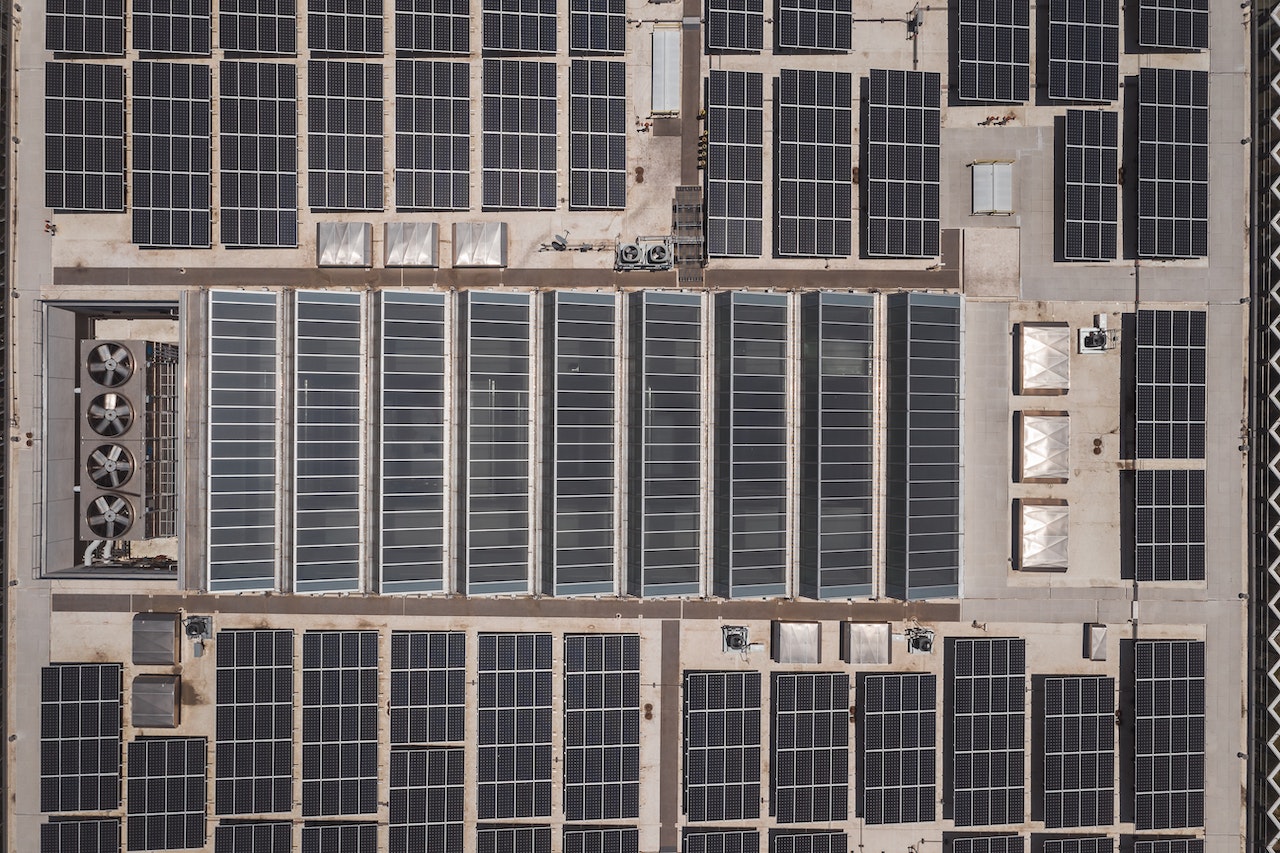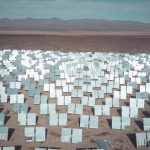Surety Bond Professionals is a family owned and operated bonding agency with over 30 years of experience. With access to a broad range of surety markets, our expert agents are ready to assist with all of your construction bond needs.
What Is a Tesla Solar Roof?
Most people are familiar with solar panels, but the Tesla solar roof—not so much. Although Tesla introduced the solar roof concept in 2016, potential clients who inquire about your ability to install a solar system probably are envisioning the usual solar panels installed on their roof or on the ground nearby. A Tesla solar roof is made of tempered glass panels instead of shingles. The glass panels capture solar energy and convert it to electricity.
Advantages and Disadvantages of a Tesla Solar Roof
A Tesla solar roof maintains the look and functionality of a traditional roof. The panels are not mounted on the roof; they are the roof. Every square inch of a solar roof captures solar energy. The downside is that homeowners can’t take their solar roof with them when they move, though a solar roof can increase the home’s value for potential buyers.
In terms of generating electricity, a Tesla solar roof is more effective than the usual photovoltaic panels at a lower cost per watt. However, the purchase and installation costs are far greater—in the $30,000 to $75,000 range and potentially as high as $100,000. Additionally, to store electricity not needed during the day for use at night, homeowners need to invest in a Tesla Powerwall, which adds to the cost of a tesla solar roof.
A Tesla solar roof comes with a lifetime warranty, compared to the 20-year warranty protection typically provided for solar panel systems.
Advantages and Disadvantages of Solar Panels
Solar panels must be configured to fit the roof space, and chimneys, skylights, and other roof features, and can be cut into the square footage available. Ground installation may be a good option if the available roof space is insufficient. And unlike a solar roof, solar panels can be removed and installed on another structure if the homeowner desires.
From a financial standpoint, solar panels cost considerably less to install than a Tesla solar roof, though ultimately, the cost per watt of electricity will probably be higher. Tesla Solar roof shingles have been shown to provide 71.67 watts of power. Compared to conventional solar panels, this results in an average power output that is three times lower (anywhere from 170 to 350 watts). But Tesla’s square footage can compensate this. The tax advantages and incentives are comparable for solar panels and solar roofs.
Which Is Better for Homeowners?
All things considered, solar panels are the better choice for the majority of homeowners at this time. That may change, however, as solar roof technology advances and prices start to come down. At this point in time, the best candidates for a solar roof are homeowners who are interested in renewable energy and need to have their roof replaced anyway. However, the cost may still be an issue for a larger home.
Of course, there will always be people with the means to pay for whatever they want. Those who prefer the aesthetic appeal of a solar roof, want to reduce their carbon footprint, and have the money to pay for it may be attracted to the solar roof concept. Other practical considerations for homeowners are that installing a solar roof takes about twice as long as installing solar panels. And they may find it difficult to find an installer in the area with solar roof experience.
What Makes Sense for Construction Companies?
There is a growing market for solar installations, but thus far, the demand for solar panels far outstrips the demand for solar roofs. But given the scarcity of solar roof installers, you may want to acquire the capacity to offer both options. In either case, if you choose to offer solar energy generating systems to your clients, especially commercial installations, you may need to qualify for one or more solar surety bonds.
Solar Surety Bonds
Depending on the area you work in, if you offer solar system installation, you may be required to purchase a surety bond to provide financial protection for the homeowners or commercial clients that hire your company. The three types of solar surety bonds most likely to be required are performance bonds, maintenance bonds, and decommissioning bonds.
Solar Power Performance Bonds
A solar power performance bond is a contractor’s pledge to operate lawfully and ethically in completing a project in accordance with the terms of the contract signed alongside the project owner. If the contractor defaults without completing the job, the project owner has the right to file a claim for damages and use the claim proceeds to get the rest of the work done by someone else, if need be.
Maintenance Bonds
Solar systems need ongoing maintenance after installation. A solar maintenance bond is the contractor’s guarantee to service and maintain the system for a certain number of years once it has been installed. Suppose the contractor does not live up to that responsibility. In that case, the project owner can file a claim and be compensated for monetary damages.
Decommissioning Bonds
For larger installations, the contractor may be required to purchase a decommissioning bond (also known as a restoration bond) to guarantee proper decommissioning of the facility when the time comes. Most solar panel installations have a lifespan of 25-30 years. The bond ensures that the contractor will remove all system components and return the site to its pre-installation condition.
Call Us Today
Our surety bond professionals will help you grow your revenue by maximizing your surety capacity. Call us today!





